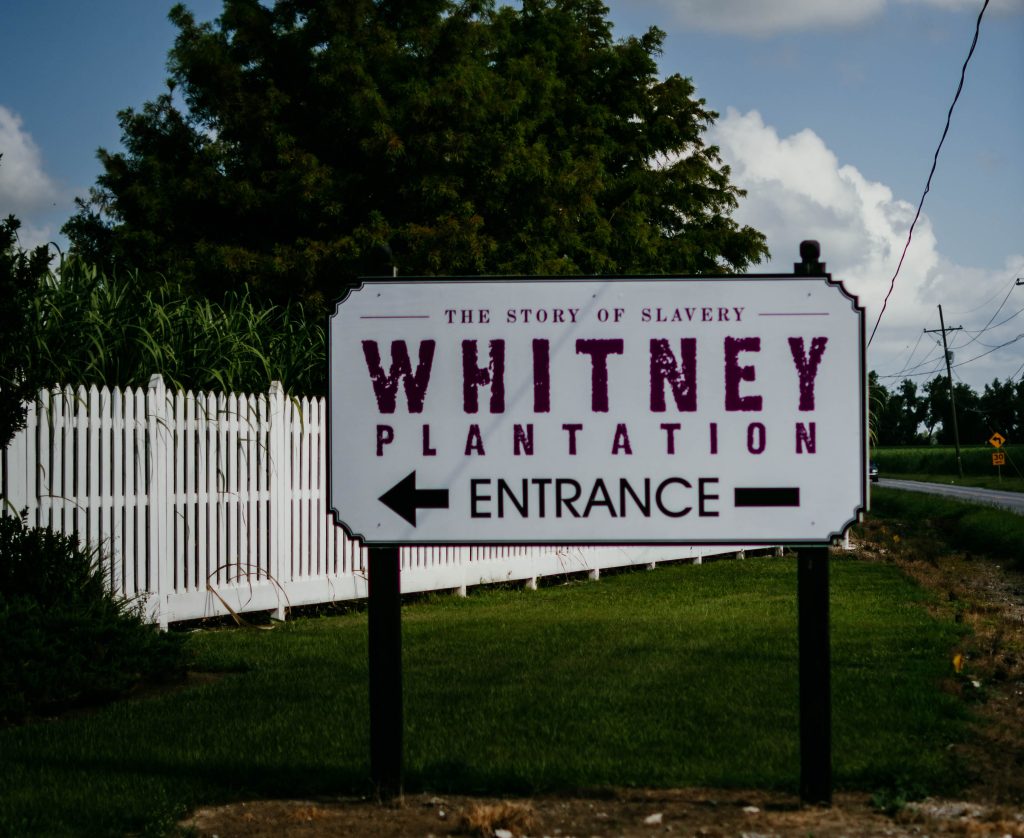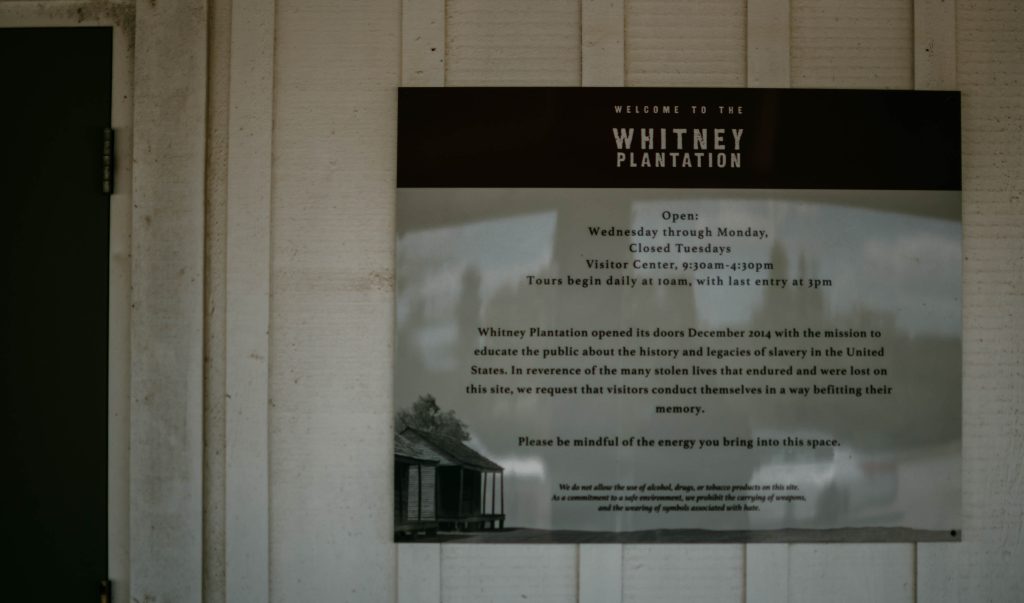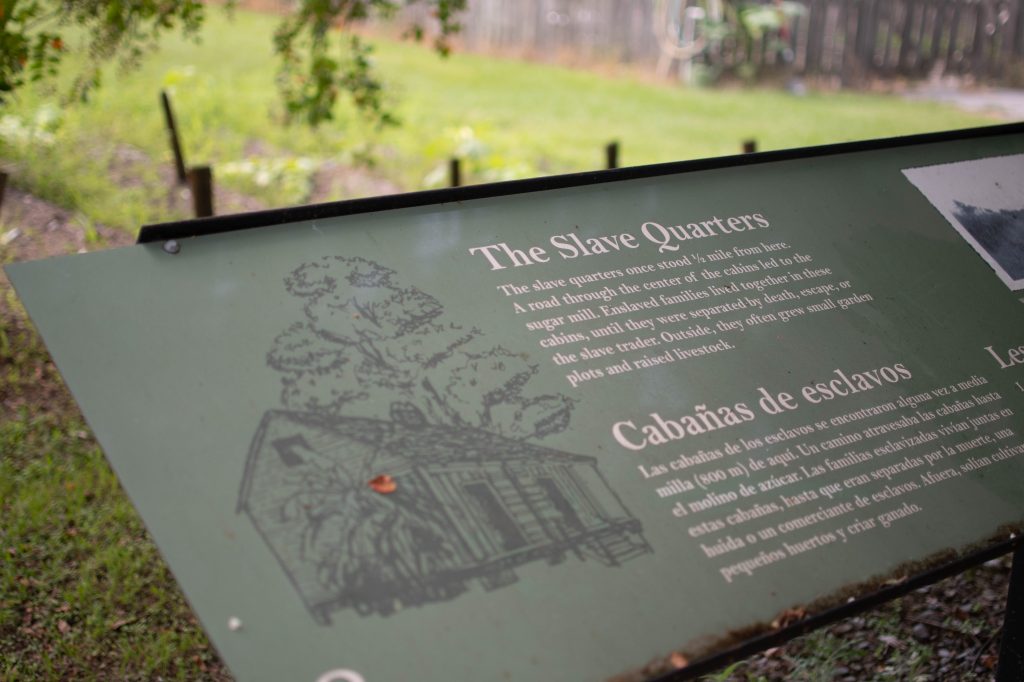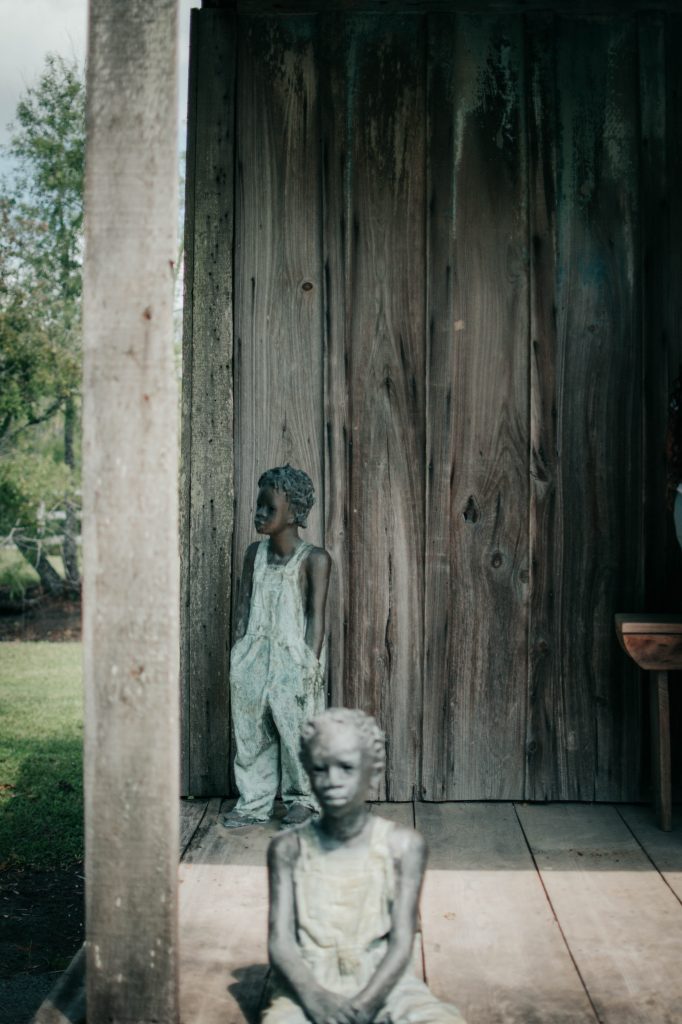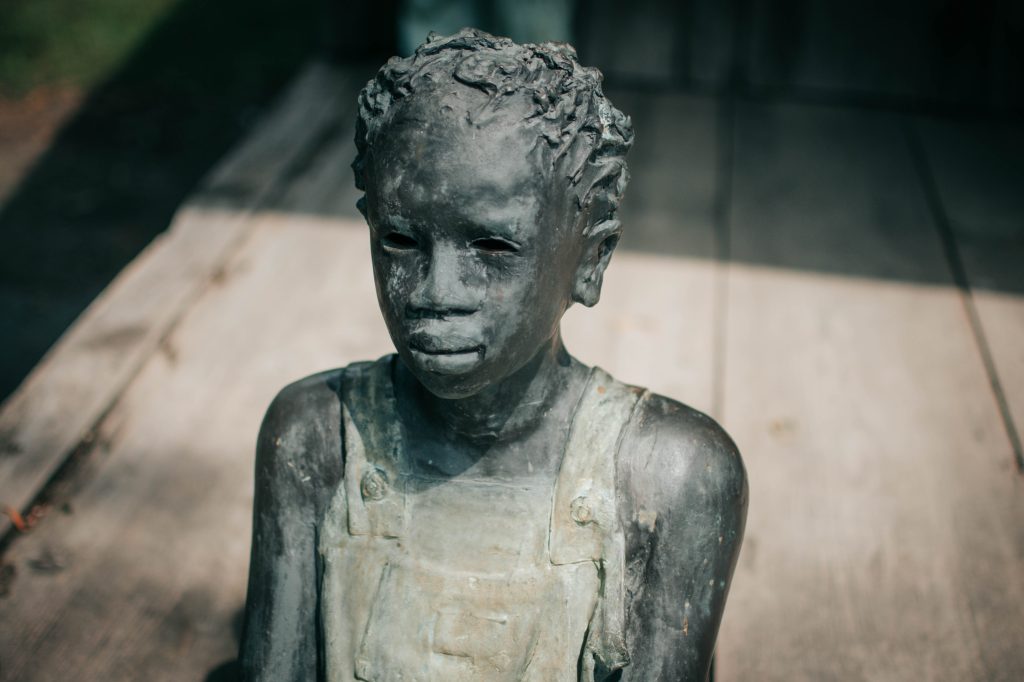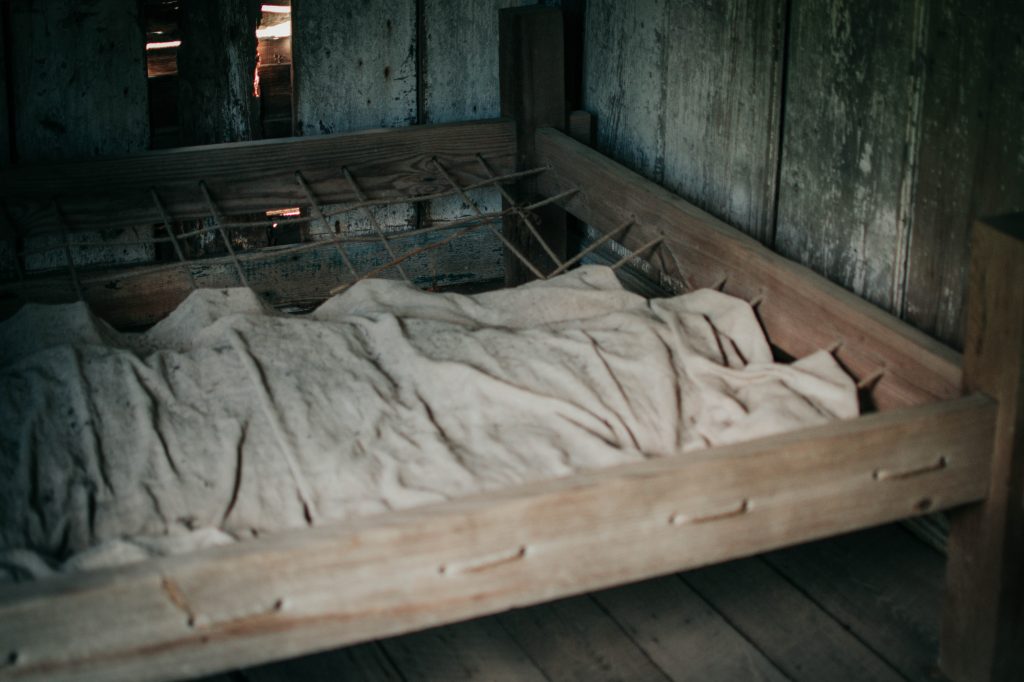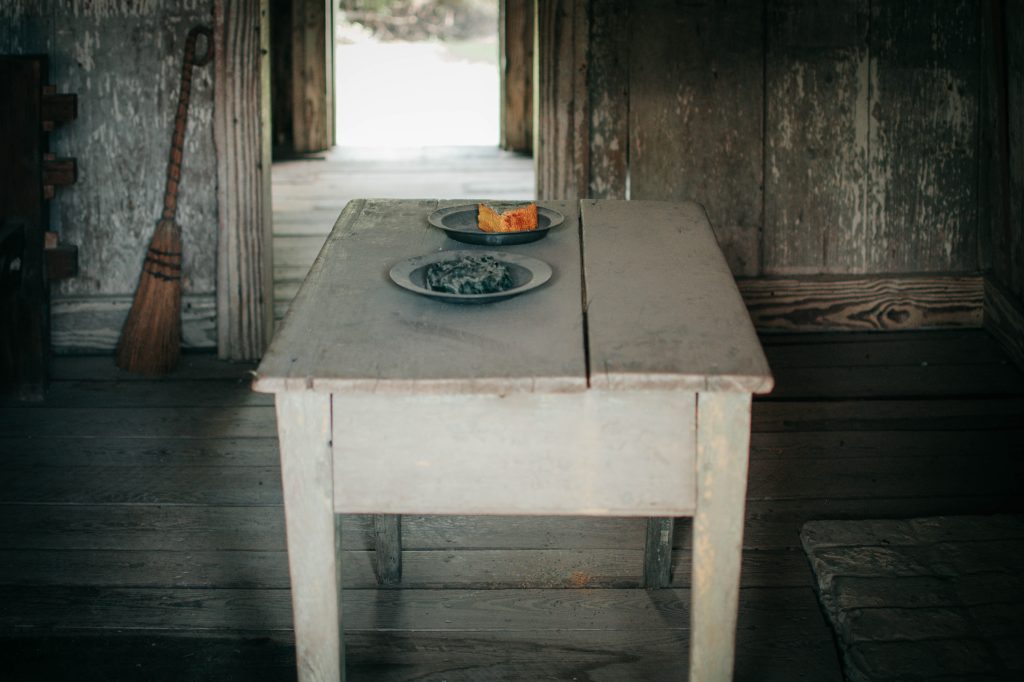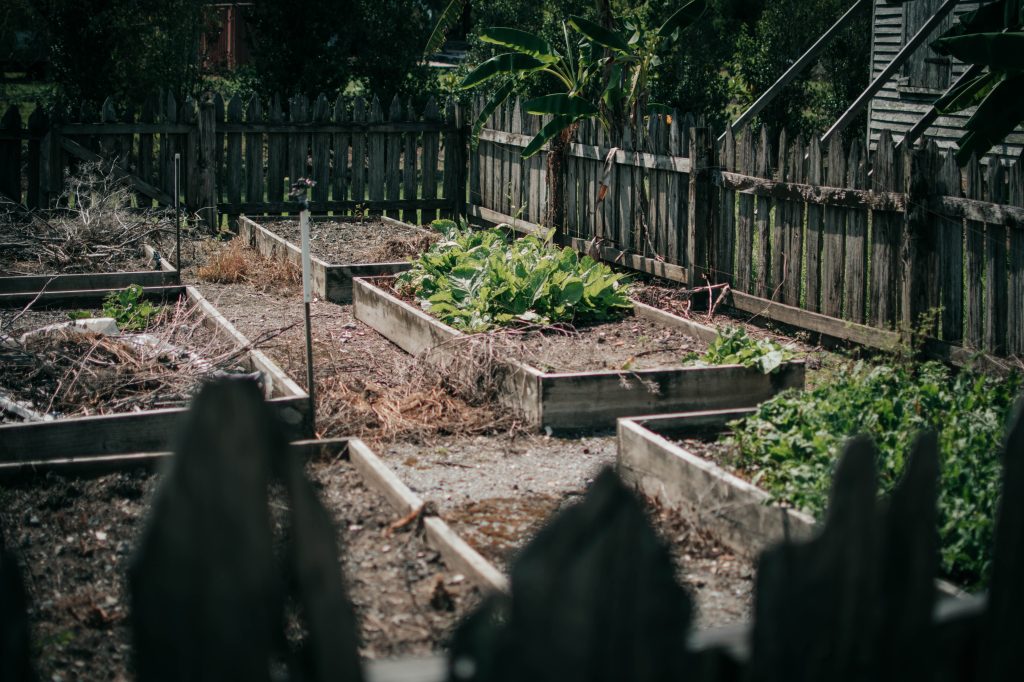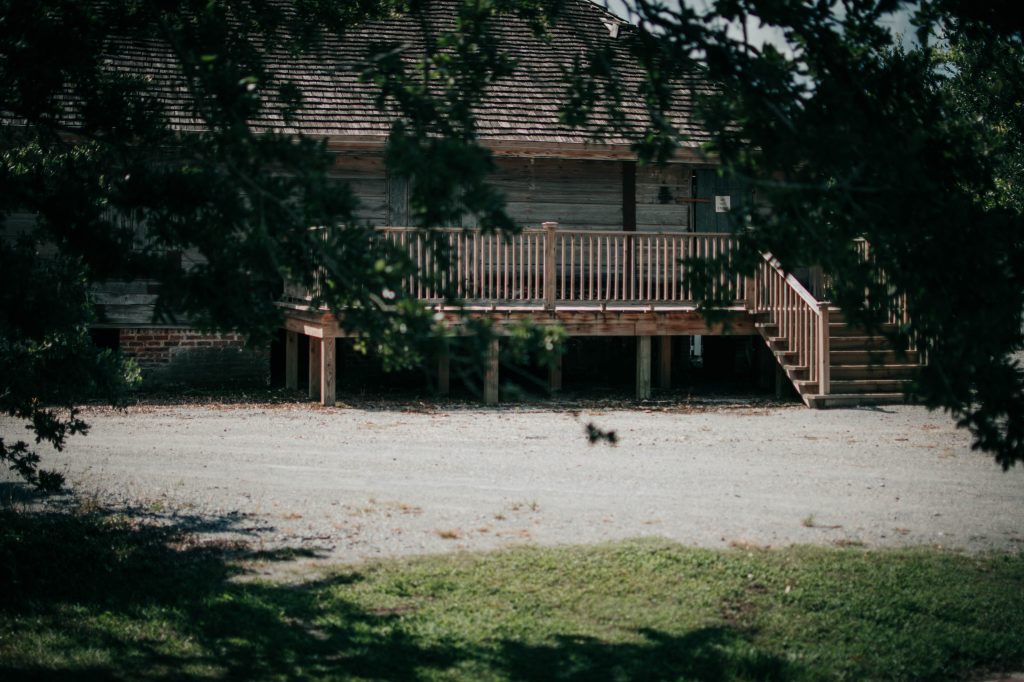These are the names of the enslaved people who lived and worked at the Whitney Plantation. Seeing their names and reading their birth dates humanized them. It’s one thing to have this idea but to see tangible proof of their existence is a whole new thing.
ABOUT THE WHITNEY PLANTATION
The Whitney Plantation is located in Edgard, Louisiana, and has the distinction of being the only former plantation site in Louisiana that focuses on slavery. Originally known as Habitation Haydel, the Whitney Plantation was founded in 1752 by Ambroise Haydel, one of many German immigrants who colonized the river parishes in the 18th century. Habitation Haydel remained with his family until 1860, when it was sold to businessman, Bradish Johnson, who renamed it Whitney in 1867.
The museum was founded by John Cummings, a trial attorney from New Orleans. Cummings spent $8 million of his own money to restore the property and transform it into a historic site.
We took the Self Guided Tour, which consisted of us walking the grounds and listening to audio recordings by historians. The tour is outdoors, which is no small feat in the hot Louisiana sun. In some ways, it was fitting. Although we can never fully understand the experiences of the enslaved people on the plantation, feeling the heat and walking the grounds, was – in a word – intense.
Follow The Whitney Plantation on social media: Facebook, Instagram, and Twitter. The Whitney Plantation recently launched a podcast as well, check it out here.
The Slave Quarters ca. 1790
The hardest part of the tour was visiting the slave quarters. I know that there were children on the plantations, but we rarely read about their experiences. Throughout the site, there are statues of life-sized children, along with stories about their daily lives on the plantation. Private efforts to record these stories had started in the late 1920s and 1930s, but formal recordings didn’t begin until 1935 through the Works Progress Administration.
The audio guide noted that many children went into the fields as soon as they could walk. Can you imagine? Toddlers in the fields. Black children never got a chance to be kids and it breaks my heart to say that in some ways, this trend continues today.
You can see part 1, here, or the whole collection of images here.
THANK YOU
Thank you for stopping by my blog. I hope you enjoyed this post and learned something new. If you like what you read, please consider sharing this post on Facebook or Twitter. You can also share on Pinterest. While I pay for many of the items I share on this blog out of my own pocket, some items are gifted to me {I always disclose those items}.
Cheers,
LET’S CONNECT


